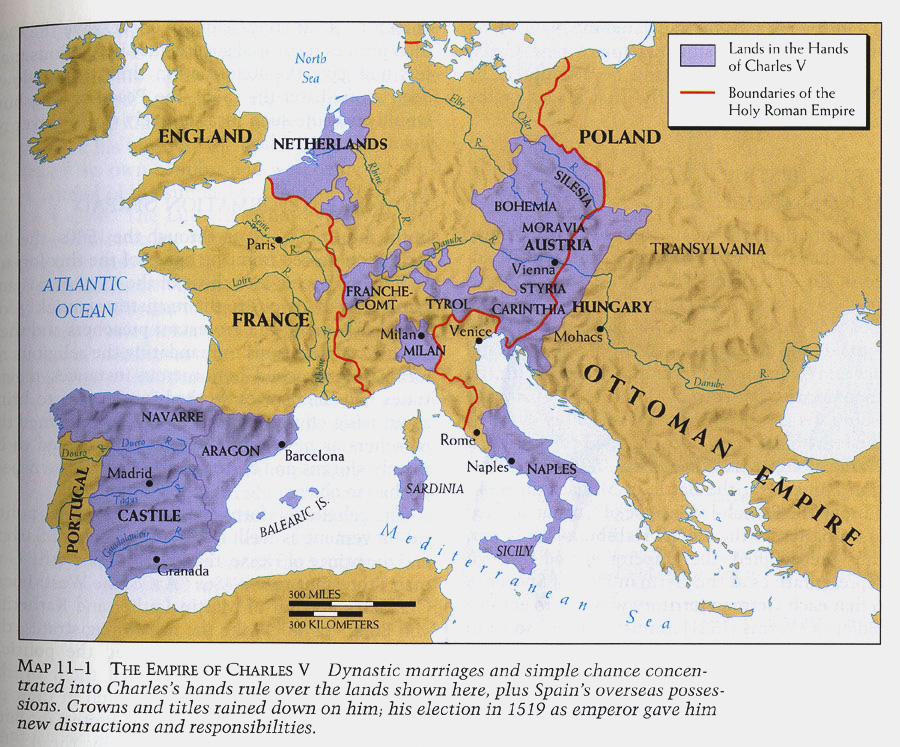At the Battle of Nájera in 1367, French noble Bertrand du Guesclin tried to warn the Castilians not to attack English longbowmen with light cavalry.
When they didn't listen to him, he replied,
"So be it then. But these are the best soldiers and fiercest warriors in this world."
When they didn't listen to him, he replied,
"So be it then. But these are the best soldiers and fiercest warriors in this world."

As a result the Castilian light cavalry suffered heavy losses from English arrows, and the Castilian army was eventually outflanked by elite Gascon mercenaries.
Du Guesclin was well aware of the dangers of longbowmen as he faced them before in battles such as Auray in 1364.
Du Guesclin was well aware of the dangers of longbowmen as he faced them before in battles such as Auray in 1364.

At Auray, Bertrand du Guesclin was captured and his French contingent suffered a bitter defeat against the Anglo-Breton forces during the War of the Breton Succession.
During the battle, Guesclin and his troops found themselves under rain of arrows from English archers!
During the battle, Guesclin and his troops found themselves under rain of arrows from English archers!

But prior to that, Guesclin was already able to deal with the longbowmen at the Battle of Cocherel in 1364.
At Cocherel, the French beat the Anglo-Navarresse army by drawing it out of its defensive positions by retreating towards the bridge.


At Cocherel, the French beat the Anglo-Navarresse army by drawing it out of its defensive positions by retreating towards the bridge.


This was also one of the best ways to fight the longbowmen, taking them out of their comfort zone and force them to move around the battlefield where they could be ambushed.
But impetuous medieval armies were often unable or unwilling to commit to such patient tactical plan.
But impetuous medieval armies were often unable or unwilling to commit to such patient tactical plan.

• • •
Missing some Tweet in this thread? You can try to
force a refresh








































